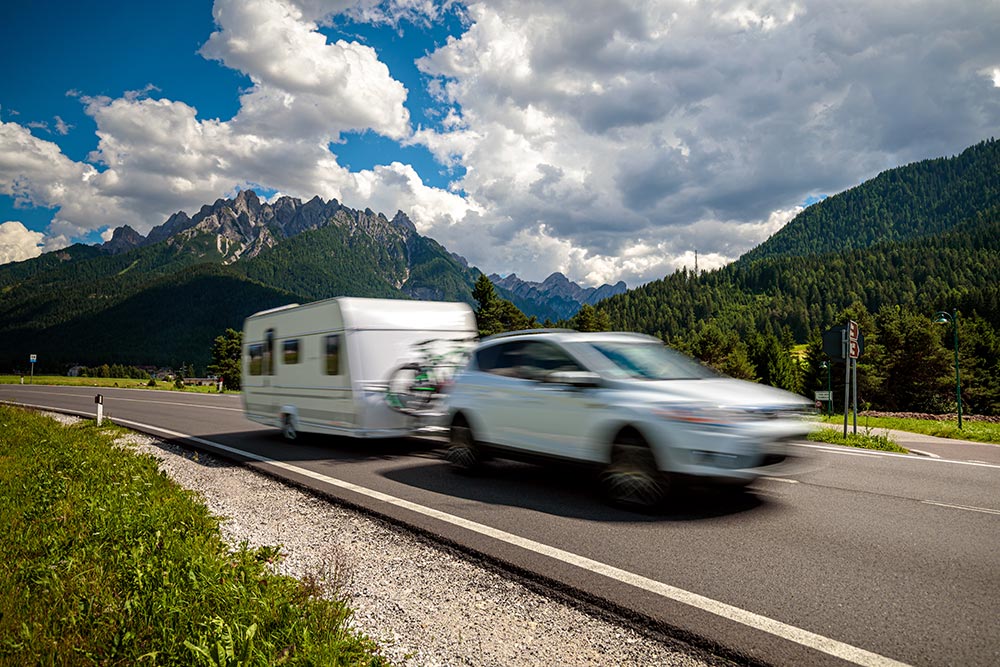We live in the age of smartphone photography. Go anywhere and you’ll see someone with a phone in their hands taking a snapshot. It’s little surprise that a recent survey showed that one in five Brits – has an impressive 7,500 photographs already stored on their mobile.
If you are one of those Britons who also goes caravanning, the chances are that many of those several thousand photos will be taken while you are out and about in the ‘van. So, how do you make – at least some of them – great photos?
How to take great photographs
We’ve been inspired to post these further tips and suggestions about taking great photos with your smartphone following our earlier blog on the subject.
If you’ve already glanced at those, then consider some of the following pointers too:
Make the most of your camera’s functions
- as smartphone cameras have become more and more sophisticated it can be quite bewildering to be faced with such an array of different manual functions and automatic settings;
- at an early opportunity, therefore, learn just what your camera can do – and how you can get it to do it – suggests a tutorial by the School of Photography;
Gridlines
- did you know, for instance, that most cameras have the ability to impose a series of gridlines across the viewing screen and that these can help you compose better pictures;
- an updated HubSpot guide to photography explains that these gridlines – three vertical and three horizontal – are based on any picture’s “rule of thirds”;
- capture the photograph’s points of interest at the intersection of gridlines or parallel to them, and you will create a more balanced, levelled and natural picture for the viewer to take in;
Remember to focus
- another feature of the camera in your smartphone is the ability to focus on a particular part of the picture you are taking;
- the camera will automatically focus on the subject in the foreground of your viewing screen – yet this might not be the part of the overall picture on which you want to focus;
- to do that, simply tap the screen at the point where you want to focus your intended subject – and the camera automatically adjusts to that part of the photograph;
Zooming
- your camera may have two different zoom functions – a digital zoom and an optical zoom;
- always try to avoid using the digital zoom because it magnifies the picture by reducing the resolution – it is simply not as sharp as the photo you would take without using the digital zoom feature;
- more cameras are therefore incorporating an optical zoom, which is fine to use because there is no loss of resolution – but remember that any camera-shake may be emphasised;
Vary your point of view
- the angle at which you are taking your photos can make all the difference in the world;
- there is a temptation, for example, to take pictures of small children and pets from your normal standing height – since that is the angle from which you are accustomed to seeing them;
- to make your photographs more interesting and to offer an entirely new angle on the familiar, therefore, think about crouching down to bring yourself and your camera to the same eye-level of the child or animal, suggests an article in Digital Camera World;
Frame the unusual
- be on the lookout for unusual angles, backgrounds, or effects;
- one interesting way of achieving this is to shoot your subject through a window – capturing the subtle distortions and effects of the image taken through plain, bevelled or even stained glass;
- be careful – as ever – that you have the subject’s permission to take the photograph, of course, and don’t go pointing your camera at the windows of just anyone’s home;
The number’s no object
- the great thing about digital cameras – like the one built into your smartphone – is that it costs nothing to take as many as you like;
- multiple shots, with as many tries as you want, and with no need to print off a film before seeing the results, means that you can experiment to your heart’s content;
- there is no limit to the number of times you can just tap the screen and capture an image;
Critique and review
- although you might be content with keeping your photo collection an entirely private affair, you can make it more of an interesting and rewarding hobby by sharing the results of your efforts with others, suggested the Royal Photographic Society (RPS) in a posting during the recent pandemic lockdown;
- by uploading your photos to the cloud or a social media website you can engage with other amateur photographers and join in friendly critique and review sessions of each other’s work.
You’re almost certain to have your smartphone with you during that next outing in the caravan. Remember it has an in-built camera – and the new ones are getting better and better and even more sophisticated all the time. Take care and pay attention to the where and how you are pointing the camera to create some great photos with your smartphone.


